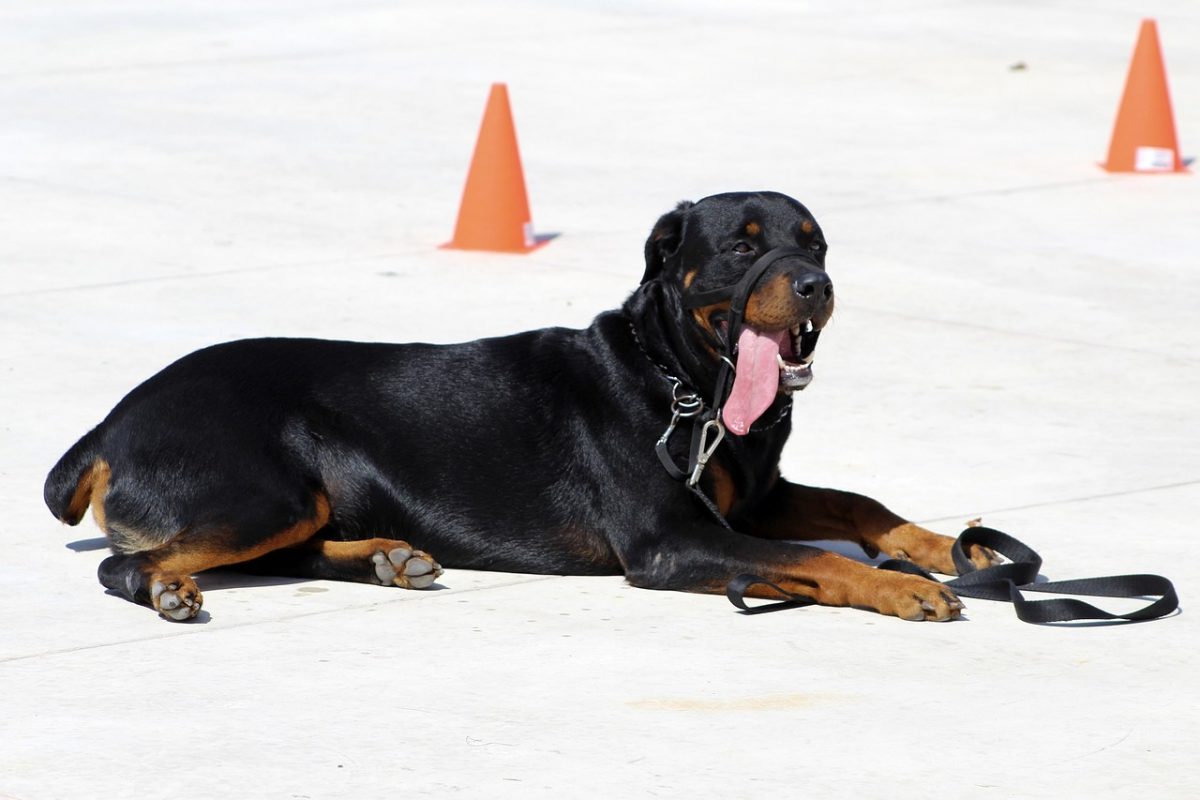Aggression in dogs can be a challenging issue for owners to navigate. It requires patience, understanding, and the right strategies to address effectively. As an expert dog trainer, I’ve worked with many dogs exhibiting aggressive behaviors, and I’ve found that a tailored approach, focusing on positive reinforcement and gradual exposure, can lead to significant improvements. Here are five expert strategies to help train dogs with aggression issues.
Understanding the Root Cause
Before attempting to address aggression, it’s crucial to understand its root cause. Aggression can stem from fear, territorial behavior, possessiveness, frustration, or even medical issues. Observing when and where your dog becomes aggressive can offer clues about its triggers. Consultation with a veterinarian or a professional dog behaviorist can also help identify underlying health problems or psychological stressors contributing to aggressive behavior.
Positive Reinforcement
Positive reinforcement is a powerful tool in modifying aggressive behavior. This method involves rewarding your dog for non-aggressive behavior with treats, praise, or playtime. The key is to reward behaviors you want to encourage immediately after they happen. This approach not only helps in reducing aggression but also strengthens the bond between you and your dog, building trust and mutual respect.
Controlled Socialization
Gradual and controlled exposure to the source of aggression can be effective in desensitizing your dog. For instance, if your dog shows aggression towards strangers, start by introducing them to new people from a distance, slowly decreasing the distance as your dog becomes more comfortable. It’s important to proceed at a pace that’s comfortable for your dog, avoiding any situations that might overwhelm them or reinforce the aggressive behavior.
Setting Boundaries
Consistent boundaries are essential for dogs, especially those with aggression issues. Clear and consistent rules help create a structured environment where your dog can feel secure. This includes setting limits on unacceptable behavior and using commands like “sit,” “stay,” or “leave it” to manage potentially aggressive situations. Training your dog to follow these commands provides them with guidance on how to behave, reducing their stress and aggression over time.
Professional Help
In some cases, aggression issues may be beyond what can be safely managed at home. Seeking the assistance of a professional dog trainer or a behaviorist who specializes in aggression can be crucial. These experts can offer personalized training strategies and support to address your dog’s specific needs, ensuring the safety of both the dog and the people around it.
Training a dog with aggression issues is undoubtedly challenging but not impossible. Understanding the underlying causes of aggression, employing positive reinforcement, controlled socialization, setting clear boundaries, and seeking professional help when necessary, are all effective strategies. Remember, patience and consistency are key. With the right approach and support, you can help your dog overcome its aggression issues, leading to a happier and more harmonious relationship.



